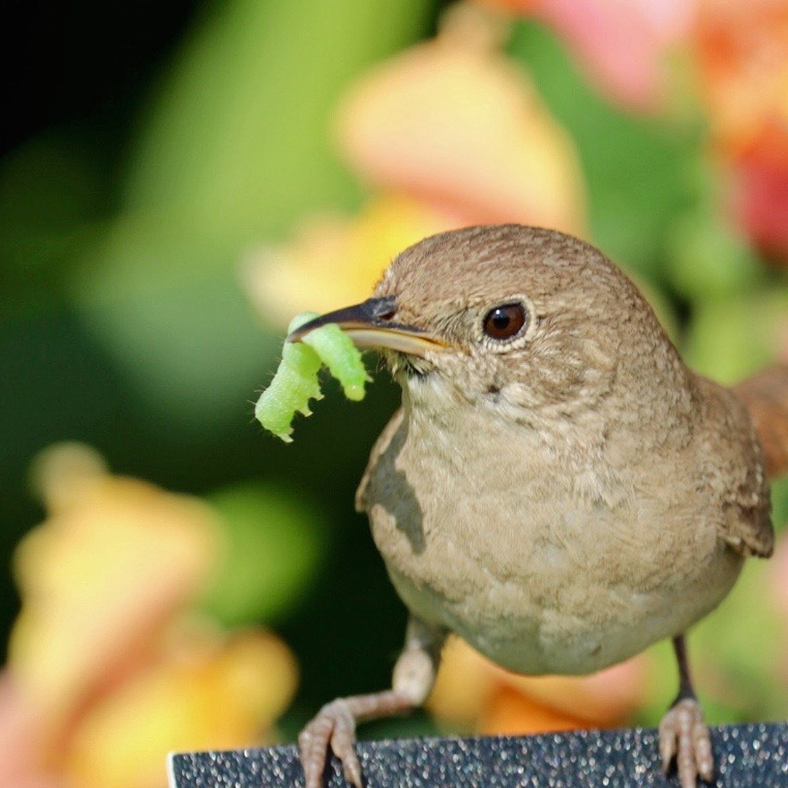
What role does our garden play?
It’s easy to say that your garden is a place for beauty and to bring you joy, but when we dig deeper into the reasons we keep gardens and what they’re role in our world, is we need to look at the creatures that utilize gardens a lot more than we do. In fact, they depend on it for their survival.
Humans, as a species, are..well….selfish and we tend to think that our yard is for us.
“I planted this lawn because I want it to look clean”, “I took out those bushes because I didn’t like how they looked, and didn’t replace them because it looks more tidy now”

Our yards are not for us but for the wildlife around us, that sustain our life here on earth. Birds, bugs, microbes, fungus, mammals. We need them to do what they do, for us to keep doing what we do. We are all connected and by throwing off the balance of nature is only going to hurt us in the end.

Without taking a deep dive into Climate Change, I am going to touch on what your yard has to do with it.
I’ll use an example: A person has a clean and tidy looking yard with two large trees and a small flower garden with annual flowers and a few perennials, the rest of the area is lawn that is treated with weed and feed once a year.
When wildlife comes to their yard they are able to utilize the large trees for shelter/shade, the leaves, nuts, berries and bark for food. The large trees shade to help cool the humans home in the summer and reduce the cold winds in the winter. They drop leaves in the fall to create a habitat for nesting bugs such as bees and caterpillars. The leaves break down to create a compost that helps sustain the grass/plants. The large roots draw carbon down into the soil (which helps reduce greenhouse gasses) and helps filter water as it soaks in the ground.
The lawn and annual flower garden support the humans visual wants. The flowers come from a garden center where they had been treated with fertilizers and preventative pesticides for they are not suited for bugs. They offer little to no benefit for the wildlife. The lawn and annual flowers have shallow root systems so they do little for water filtration.
So, in this situation, their yard is 95% for the humans benefit and about 5% for the wildlife, which we share this earth with and desperately need to sustain human life here on earth.

Yards/gardens are for us, but also for the wildlife around us. We need them, they need us. An easy way to think about wildlife when your designing or analyzing your gardens:
- Do not use chemicals on the earth. If you wouldn’t want your child touching it then why would you want it poured onto the earth that we all live on?
- Be more hands-off. Let nature play the role it has done for thousands of years. Consider planting native to your region plants. These plants are suited for this environment.
- Consider where the wildlife is in your yard. Are there birds in the trees? What do they eat? Bugs? Seeds? Do some research about what types of birds you see and what their diet and nesting is. Do you see bugs? If so, what kinds and consider the role they play…what eats them or what do they eat?
- Leave the leaves! They best left on the garden beds or mowed on the lawn and left there. If you need to clean up, wait till early-mid May. Then the bugs will have a chance to warm up, hatch, and be on their way.


The role of our gardens are immense and I hope that you’ll consider the wildlife that needs your yard for their foraging, shelter or resting place.
Learn more at:


